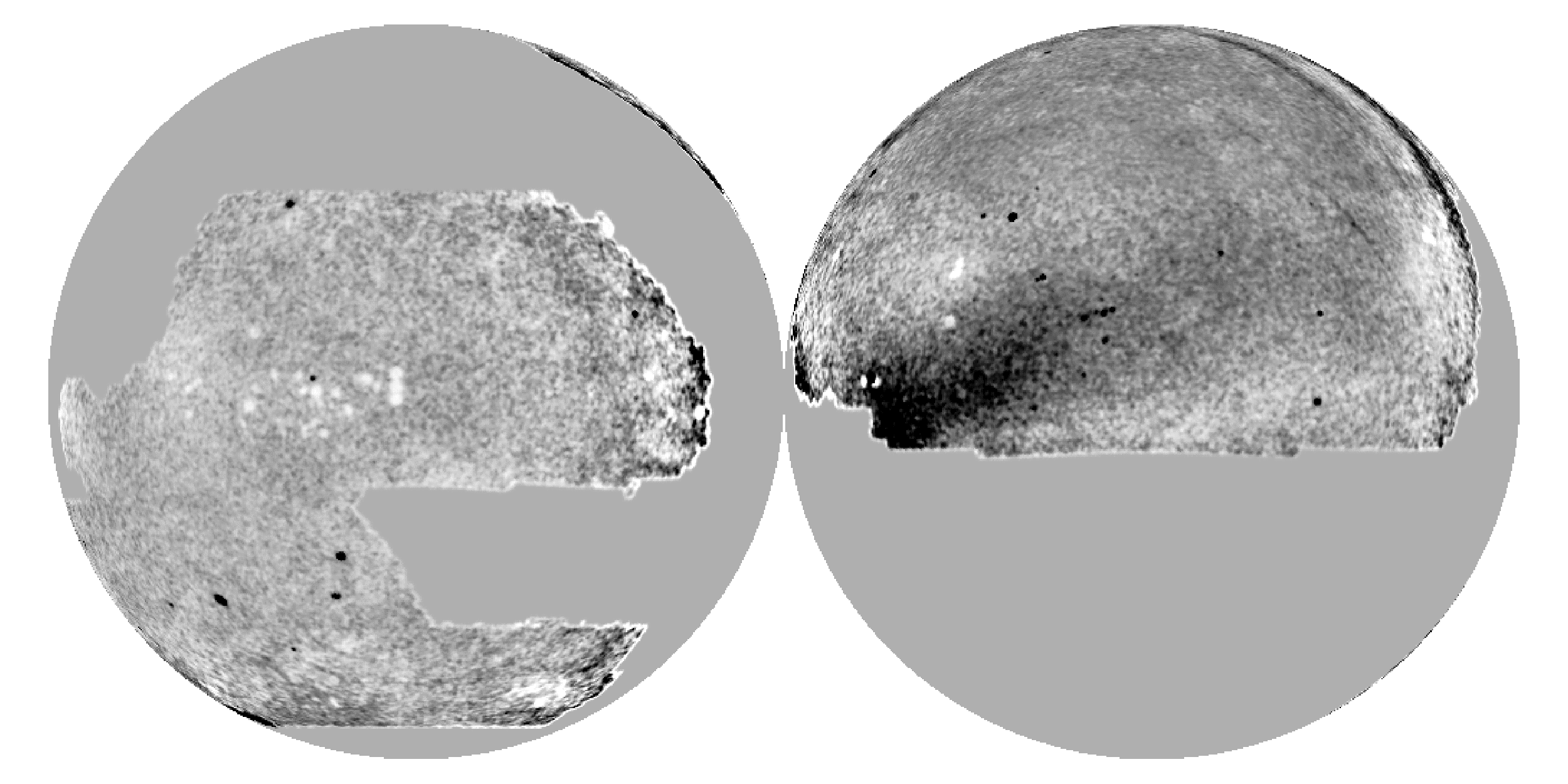Key Takeaways
Signatures of time-dependence and disequilibrium are prevalent throughout the Milky Way, and modern surveys are enabling new efforts to quantify and model the Galaxy in this context.
Satellite mergers are a dominant driver of structure and time-dependence and have been important throughout Galactic history.
Studying merger signatures will allow us to better constrain the mass distribution and dynamical evolution of the Galaxy
Mergers leave behind streams: phase-coherent structures that provide an important way of constraining dark matter properties.
Equilibrium dynamics will be superseded by methods that directly model these phase-coherent structures and deliver more precise constraints on the evolution and dark matter content of the Galaxy.
Interactive Visualizations
- Milky Way disk response to the Sagittarius dwarf galaxy
- A few of the known stellar streams around the Milky Way in 3D
- A 3D view of a simulated GD-1 stream impacted by a dark matter subhalo
Animations / Movies
N-body simulation demonstrating that the Sagittarius dwarf galaxy causes large-scale distortions and perturbations to the Milky Way disk.
Logarithmic surface density for face-on and edge-on projections of the Milky Way star particles in the simulation. The red marker shows the position of the center of mass of the Sagittarius analog galaxy. Animation by A. Price-Whelan; Simulation by C. Laporte; Laporte et al. 2018.
Same as the previous animation, but with Sagittarius particles shown in the edge-on projection (warm colors). Animation by A. Price-Whelan; Simulation by C. Laporte; Laporte et al. 2018.
Galactocentric distance of the Sagittarius analog galaxy in the simulation. This video is time-synchronized with the previous movie. Animation by A. Price-Whelan; Simulation by C. Laporte; Laporte et al. 2018.
Mean vertical position, z, and vertical velocity, vz, for stars in the simulated Milky Way disk. Animation by A. Price-Whelan; Simulation by C. Laporte; Laporte et al. 2018.
Surface density of particles in Galactic coordinates for an observer fixed at the present-day solar position (i.e., not moving with the disk stars). The view is centered on the Galactic anticenter, rather than the Galactic center. Note the feather-like disturbances to the outer disk that are raised from the repeated passages of Sagittarius. Animation by A. Price-Whelan; Simulation by C. Laporte; Laporte et al. 2018.
Gaia Phase-space Spiral
A visualization of the vertical kinematics of stars in Gaia EDR3 with high signal-to-noise parallax measurements and radial velocity measurements. The left panel shows raw density, and the right panel shows density residual after subtracting out a smoothed version of the density distribution. Each frame in the movie is a different selection in angular momentum, Lz, showing that different parts of the disk (i.e. different angular momenta) respond differently to the impulse from Sagittarius. Animation by A. Price-Whelan.
A conceptual visualization of how the phase-space spiral forms. This shows 1D orbit calculations for an initial population of "star" particles on trajectories in a sech^2 potential model. At t=0, an impulse (velocity kick) is given to all particles in the +vz direction. The phase-spiral forms as a caustic in the phase-space density as the orbits wind up. Animation by A. Price-Whelan.
Stellar streams
Demonstration of using a matched-filter (isochrone filter) to select stars at a given distance in the stellar halo. This field is centered on the Palomar 5 stream, which appears around a distance of ~20 kpc. Data: Legacy Surveys. Animation by A. Price-Whelan.

A visualization of stellar streams and substructures in the stellar halo around the Milky Way. Each slice is a different distance. Data: Legacy Surveys. Animation by N. Shipp, A. Price-Whelan.
N-body simulation of a globular cluster disrupting and forming a thin stellar stream in a simple model of the Milky Way's mass distribution. Simulation and animation by A. Price-Whelan.
Useful Links